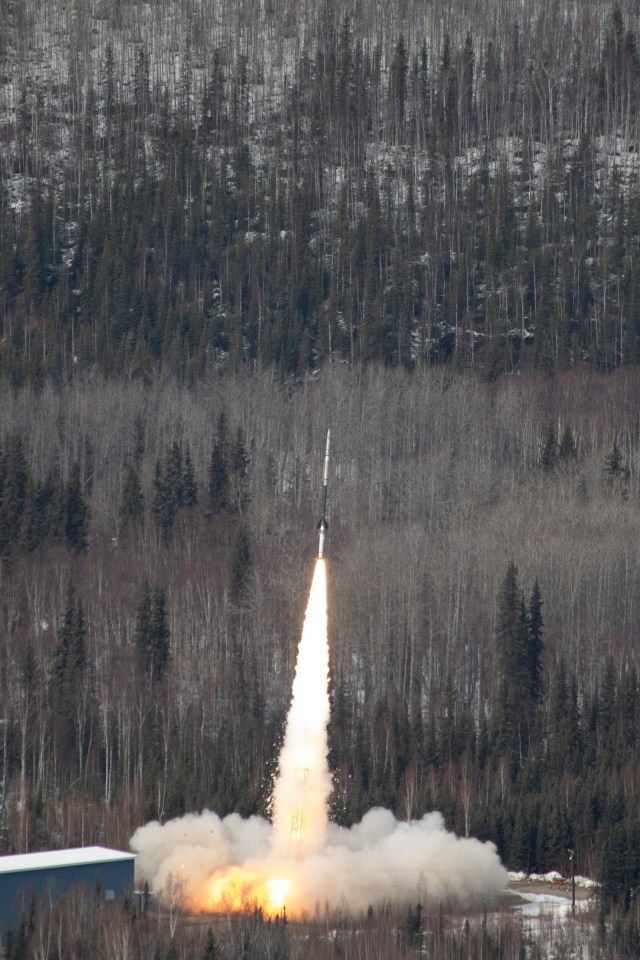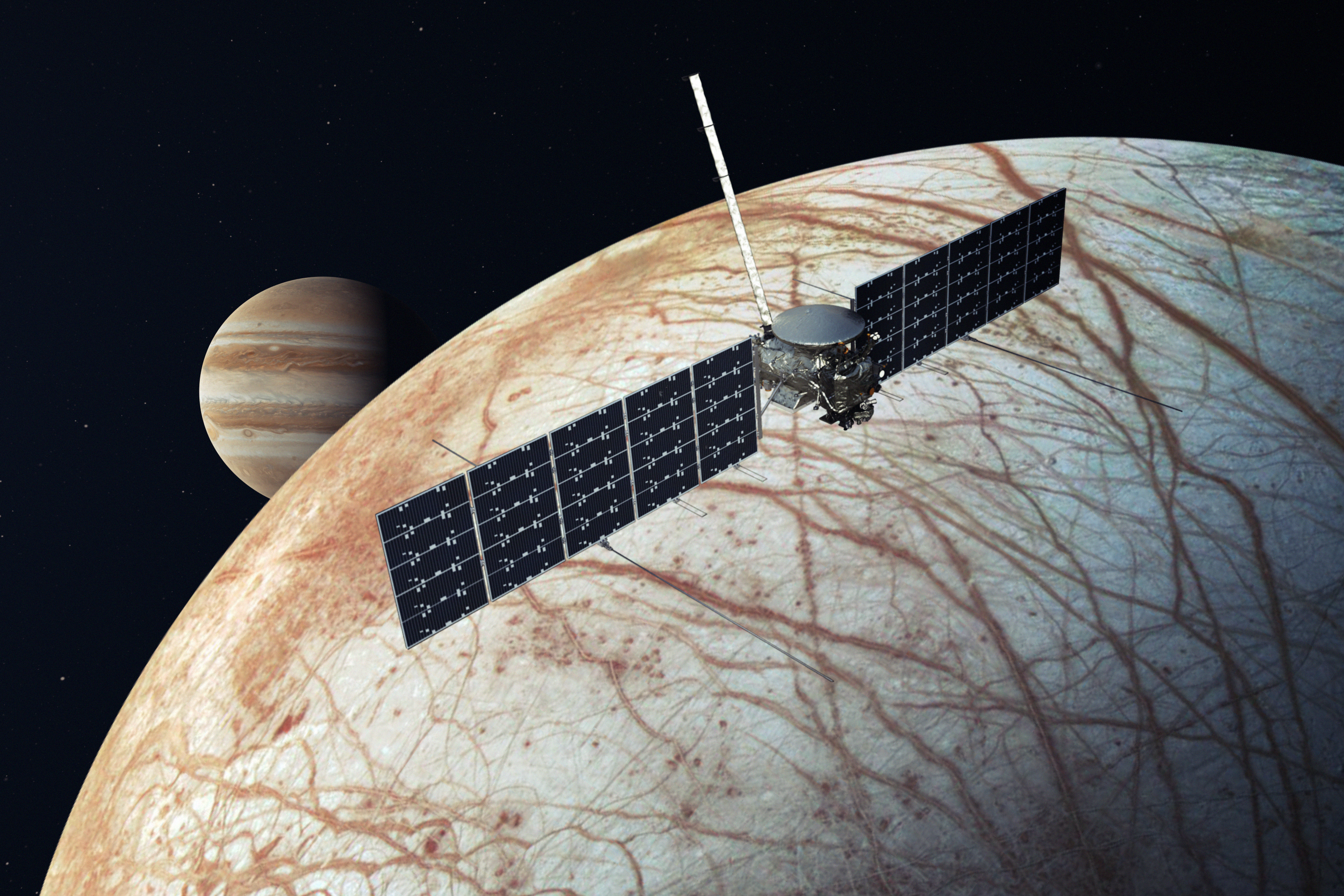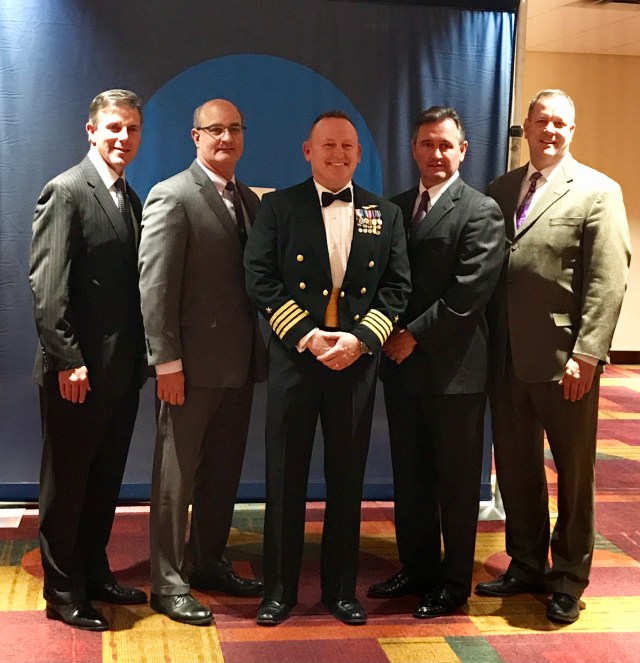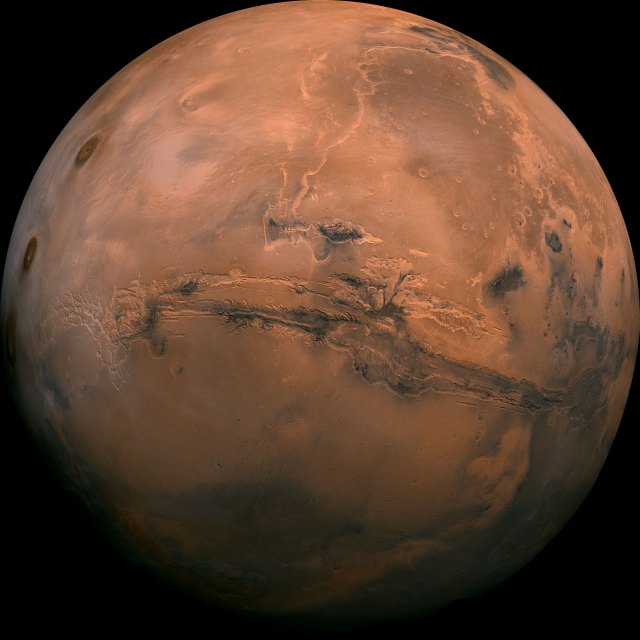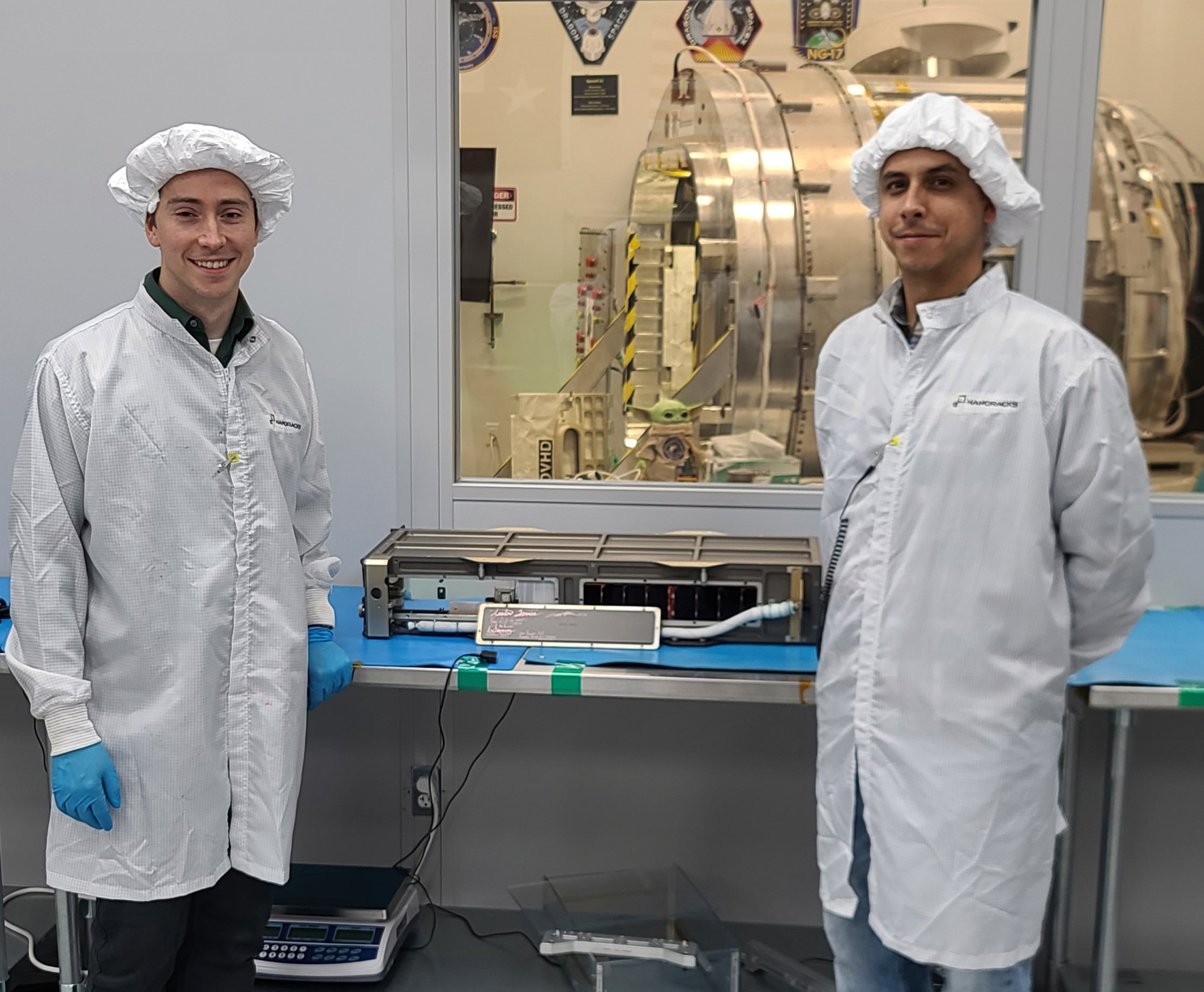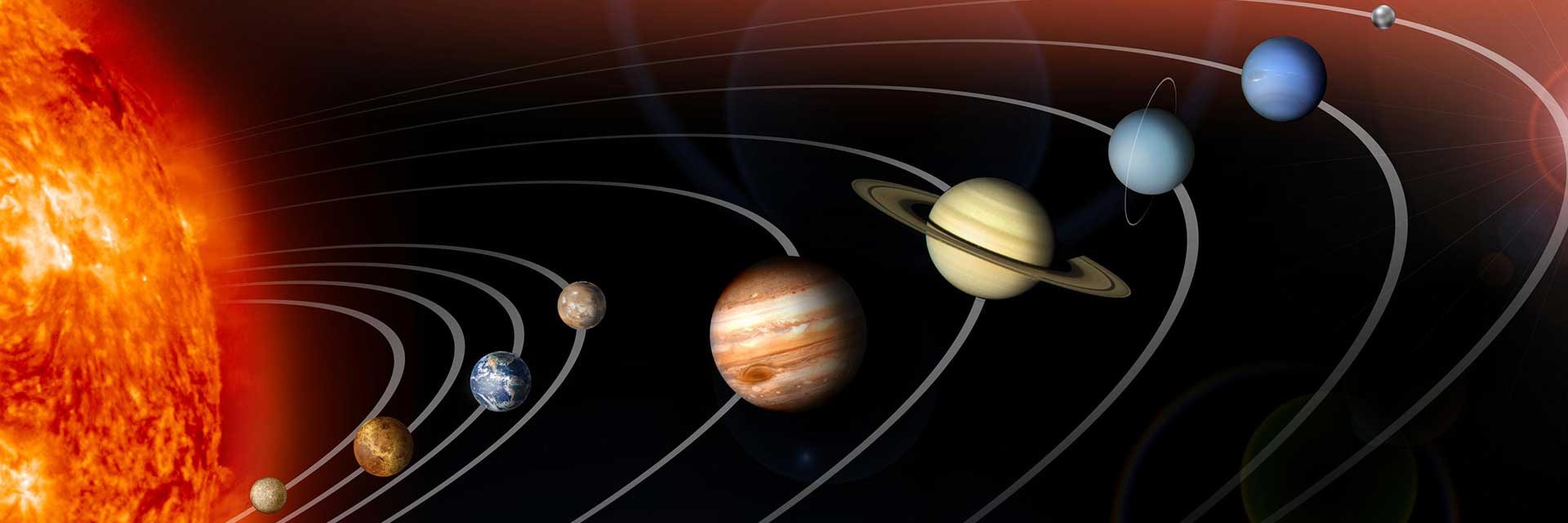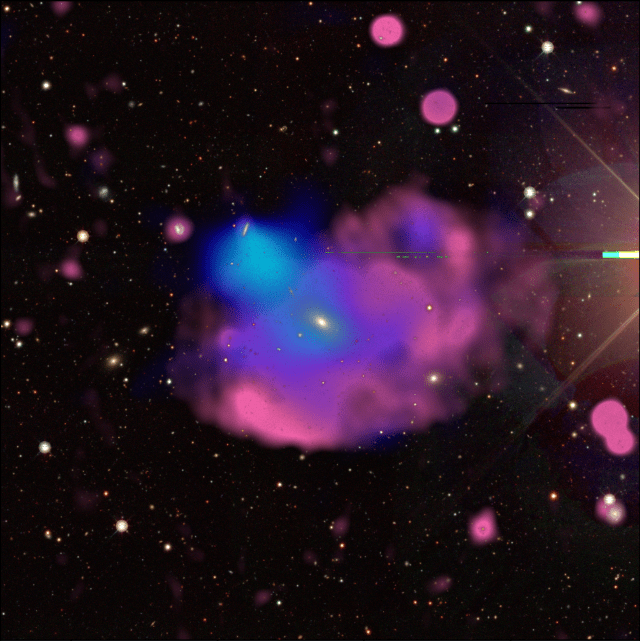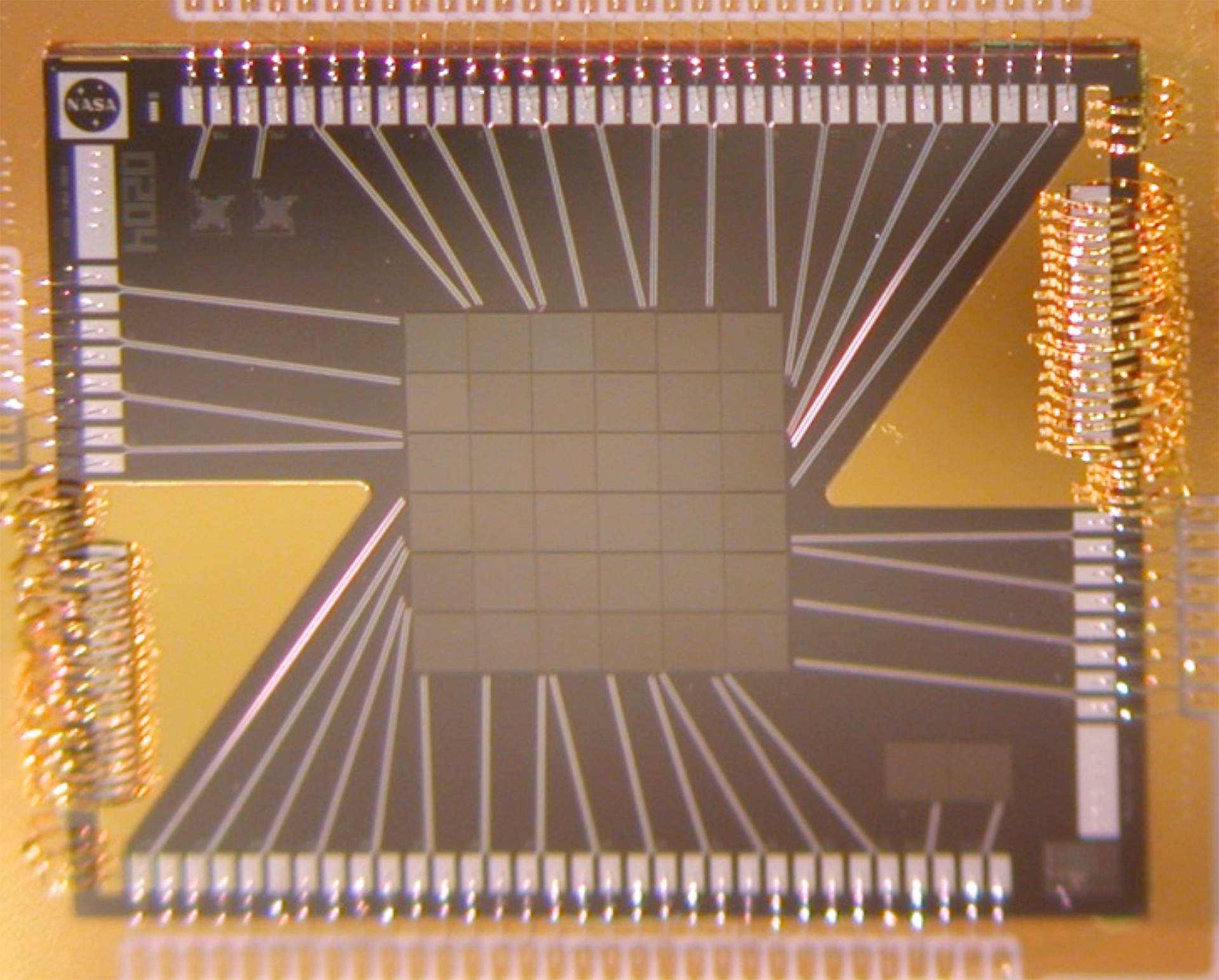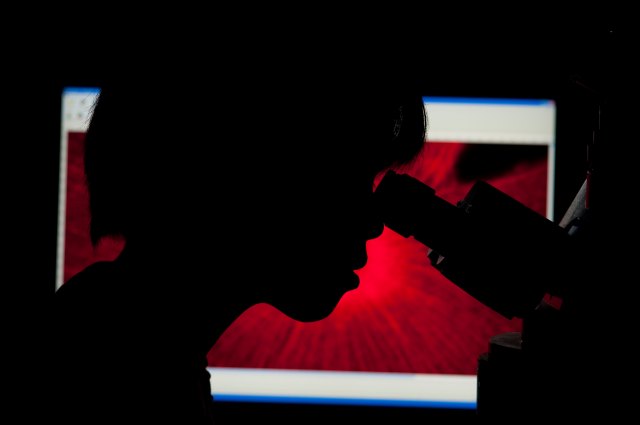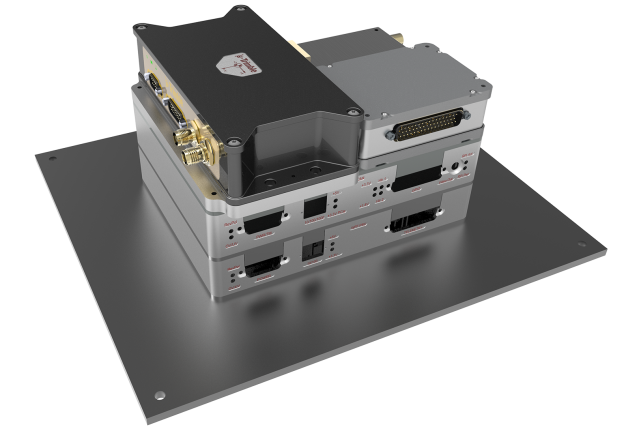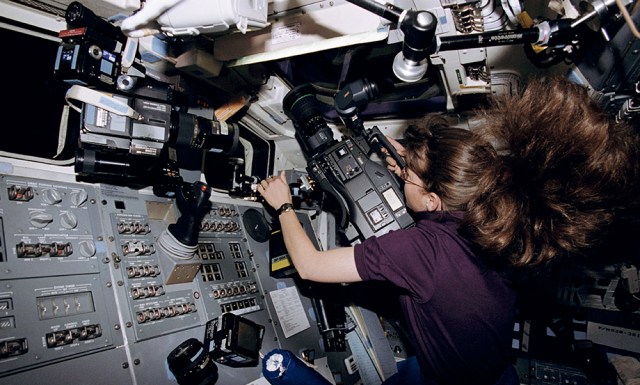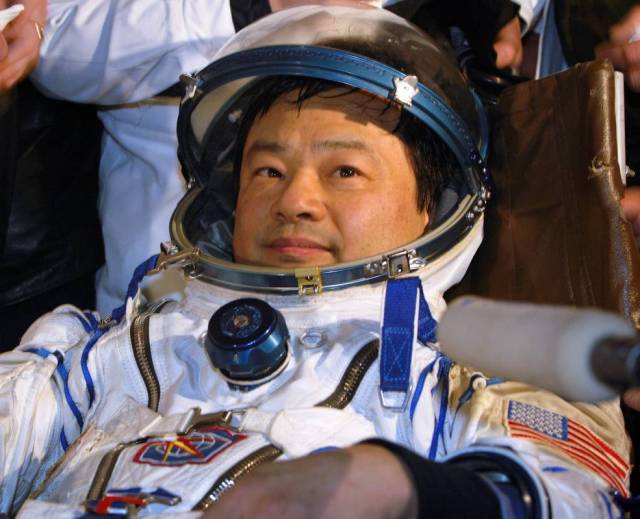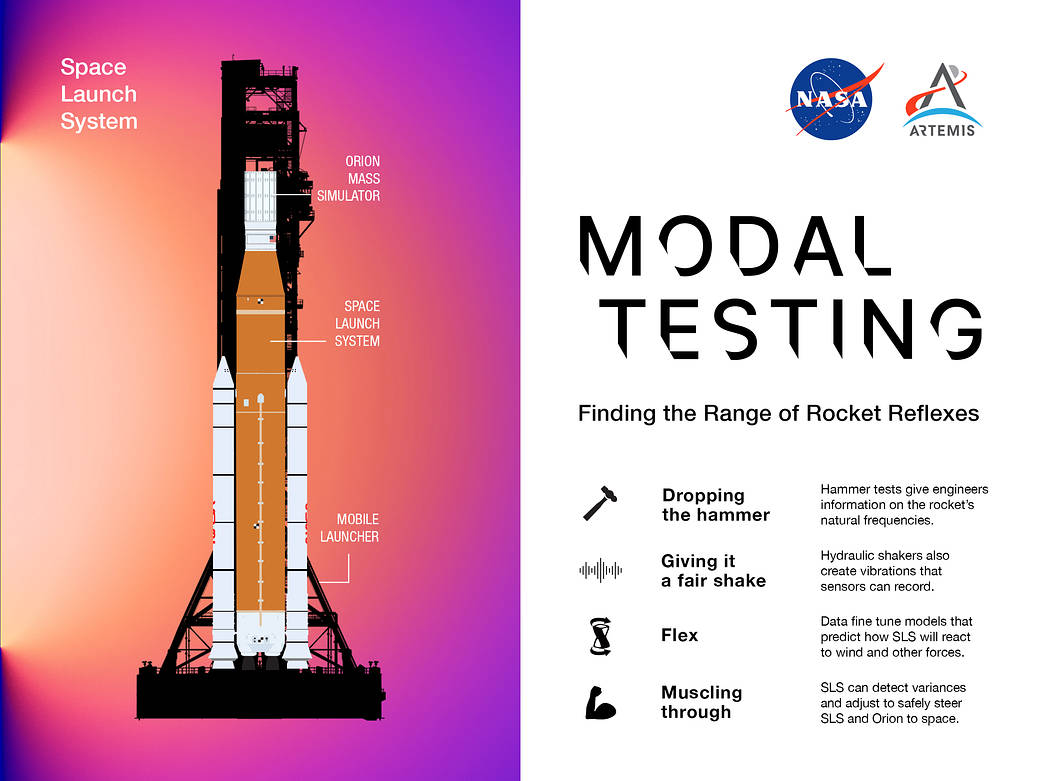
Before NASA’s Space Launch System (SLS) launches the Artemis I mission to the Moon, teams inside the Vehicle Assembly Building at NASA’s Kennedy Space Center in Florida will conduct a series of tests to determine the deep space rocket’s reflexes. During launch and flight, SLS will experience and react to a series of frequencies and vibrations. Engineers conduct integrated modal testing to determine the full range of these frequencies and vibrations so that the flight software and navigation systems can safely guide the rocket through launch and ascent. To do that, technicians use a test version of the Orion stage adapter and Orion mass simulator to determine the natural frequencies, flexes, and vibration patterns of the SLS rocket. Artemis I stacking will resume with flight versions of the Orion stage adapter and NASA’s Orion spacecraft following completion of the test series.
With Artemis, NASA will land the first woman and the first person of color on the lunar surface and establish long-term exploration at the Moon in preparation for human missions to Mars. SLS and NASA’s Orion spacecraft, along with the commercial human landing system and the Gateway in orbit around the Moon, are NASA’s backbone for deep space exploration. SLS is the only rocket that can send Orion, astronauts, and supplies to the Moon in a single mission.
Image Credit: NASA


